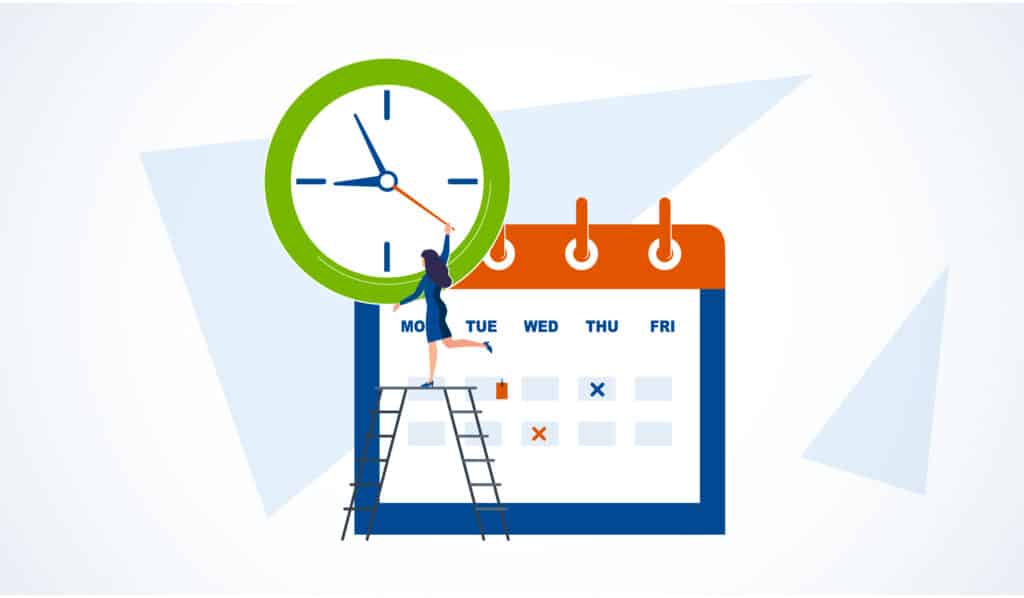
The most important asset that you have as a business owner/manager is the people that work for you. The lesson I’ve learned from any underdog sports movie (i.e. The Mighty Ducks, Dodgeball, Cool Runnings, Step Up 2, should I keep going?) is that you can take a ragtag group of misfits and turn them into winners as long as they have the right attitude, an intense training montage, plus a leader and/or purpose that motivates them. But it doesn’t just happen in the movies—I’ve seen it done in clinics all over the country.
Here’s what it takes to build your own dream team right in your own practice (no sports equipment or rigorous physical activity required):
Step #1: Hire for capability and train for competency
This is the “attitude” element of our underdog team analogy. Soft skills like emotional intelligence and the ability to make good decisions are paramount to professional success. Regulating emotions and correctly interpreting the verbal and nonverbal behaviors of others is a key strength in building rapport and trust with patients. According to LinkedIn’s 2019 Workplace Learning Report, 57 percent of senior leaders say soft skills are more important than hard skills. An employee with a growth mindset has the capability for lifelong learning, which is at the core of agility, flexibility, and innovation. Training for competency comes in at Step 3.
Step #2: Communicate, communicate, communicate!
Vision – Share the company’s purpose. Make sure every employee understands the company’s mission, values, and vision. Working from a shared philosophy for a common cause gets people excited about their jobs. When should you do this? I’d recommend annually or semi-annually during a company meeting.
Expectations – The behaviors and outcomes that you want from your staff must be spelled out, in writing. There are two reasons for this. First, they can’t read your mind. Second, they probably aren’t going to remember a passing conversation that took place between seeing patients and/or answering phone calls. Let’s face it, most of us can’t remember what we ate for dinner two days ago or even how old we are (admit it—you have to pause and think about it for a second). Expectation conversations can be kicked-off during a company meeting and then should be reinforced during one-on-one meetings between your staff and their direct supervisor. If your practice doesn’t have designated direct supervisors, it needs to be defined – even if it’s that two employees officially report to the business owner.
Feedback – Feedback must be behavior-based and timely. Provide it the moment that it’s applicable (if appropriate) or shortly thereafter. Changing behaviors in your staff is kind of like raising kids. We must be patient, we must be consistent, and most importantly, we must look in the mirror to consider which of their behaviors might be reflections of our own (eek!). My four-year-old is notoriously bossy. At any hour of the day, I may hear her walk into the kitchen and demand: “I’m thirsty. I need milk!” My routine feedback (after a deep breath) is always, “Don’t you mean; ‘May I please have some milk?’” It didn’t take a sit-down feedback session, but she knows that I believe there is a better way to handle the request. So, if you observe an opportunity to make suggestions for improved behaviors, do so while the situation is fresh in both of your minds (but not in front of others—embarrassing someone is bad for morale). These verbal feedback opportunities can be reinforced with written reminders or formal performance reviews as well.
Accountability – The best tool for accountability is a Daily Huddle when everyone on the team comes together to discuss how they will pull their weight in accomplishing the businesses’ overall mission/goals that day. Those underdog teams who end up victorious don’t adopt an ‘every man for himself’ attitude—they rally together before every play/inning/period to talk about each person’s role and how they’ll work together. Your business’ day should be no different.
Step #3: Invest in employee development
Developing your people doesn’t have to be a significant monetary investment. It could mean setting aside the time to allow them to take advantage of Consult’s Telelearning and Employee Development Programs (EDPs). When they take part in training courses, ask them to come back and report on at least one takeaway from the session. If you’re expecting them to change behaviors post-training, encouraging continuous long-term improvements is a better strategy than expecting radical overnight success. If you hire the right people with a growth mindset, you can train them to do the job the way that you want them to do it.
Step #4: Recognize accomplishments (big and small)
When your staff does something right, don’t let it go unrecognized. Remember my daughter’s demanding ways and the immediate feedback that I’ve been giving her? Well, there’s hope for her yet. Now when she walks into the kitchen, four out of five times she’ll say, “Mommy, may I please have some milk?” To which I respond: “Thank you for asking so nicely, yes you may!” With that one sentence, I’ve given feedback, recognized her accomplishment, and made her feel good about herself, therefore increasing the likelihood of her continuing to behave in this manner. How do you apply that to your staff? Perhaps you might buy the office lunch if they meet the prior month’s sales goal. Or it could be as simple as saying, “I heard how you handled that phone call. You do a great job representing us over the phone. Thank you, keep it up!”
You might be thinking ‘four steps – easier said than done.’ The good news is that you don’t have to do it alone. The details within all of these steps are what the CQ Account Managers help practices with every day. So, if I could add one final step it would be:
Step #5: Ask for help! That is why we’re here, after all.








